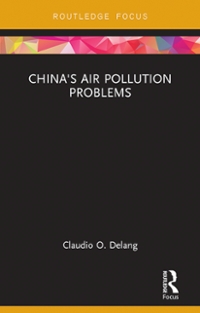The correct answer is given in red, but i struggled to understand , please explain it step by step, thank you!
Q8. a) Inflationary expectations are an important driver of the Phillips curve relationship. What are three different ways inflationary expectations might be modelled? Depict each graphically. This is basically section 9.5 of the textbook Three ways presented there include: (i) expectations of constant prices, (ii) expectations that this period's inflation will be equal to last period's, and (iii) expectations that inflation will equal the bank's target rate. (i) The Phillips curve when prices are expected to remain constant PC TO 1 Y Y1 (ii) The Phillips curve when expected inflation equals inflation in the previous period LRPC - 2 PC Yn (iii) The Phillips curve when the expected inflation rate equals the inflation target - # LRPC PC 7 1The three diagrams look basically similar, the main difference being that the intersection of the PC with the natural rate of output is higher or lower. b) How might the response of a central bank to an external inflation shock depend upon the way that the home population forms its inflationary expectations? This is the harder part of the question, and there are several ways to answer it (see the textbook for further description). Consider an international oil price spike, for instance. If the home population has backward looking expectations of inflation, then the central bank, by allowing the oil price increase to pass through into inflation, will be condemning itself to a long period of higher inflationary expectations on the part of the general public and thus higher realised inflation (since the PC shows that actual inflation is an increasing function of expected inflation). To avoid this, the central bank may hike interest rates in response to an oil spike. This will cause a domestic recession, but it will keep inflation from rising. If, instead, the home population expects inflation to be at the level of the central bank's target, and the expectations are well-grounded at that level, then the central bank may instead decide to do nothing in response to the oil price spike and allow inflation to rise temporarily. It won't face the same incentive to artificially induce a recession in order to keep short term inflation low








